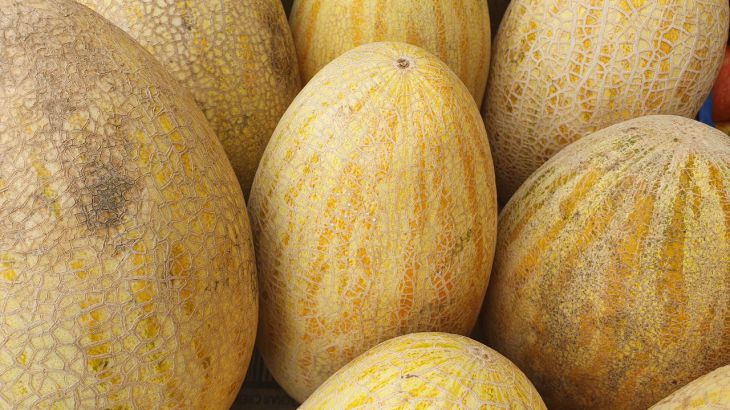How to choose the ripest and most delicious melon: usually people pay attention to the wrong things
A ripe and sweet melon can easily replace a meal or serve as a filling and healthy snack if it is not green.
Without experience, choosing a melon crop at the market or in the store is not the easiest task. And the fact that summer is coming to an end is not a reason to take everything that comes to hand.
We will tell you what you need to pay attention to when choosing a melon, because often people pay attention to the wrong things.
The simplest advice is to always buy vegetables and fruits from the same seller. In this case, the risk of deception is minimal. But you need to try to find a conscientious seller.
Tip #1: Cracks and Damage
Many people think that it is enough to cut out a dent, crack or cut and the melon is ready to eat. Not so. All such damages serve as a gateway for dangerous bacteria, which is fraught with food poisoning.

Tip #2: Check for ripeness
First of all, it is an even and rich color. The melon should be yellow (not green) and have no spots (especially brown ones).
Secondly, the fruit needs to be checked for elasticity - when pressed, the melon should spring slightly and not be hard, i.e. the dents should smooth out.
Then you can knock - a ripe fruit makes a dull sound.
Tip #3: Where's the tail?
It is better for the melon to have a tail and be completely dry.
After this, you can sniff the melon. The ripe fruit should have a persistent aroma.
If there is no smell at all, or it is barely noticeable, then most likely the melon is green and not sweet. A strong smell may indicate that the melon is overripe.
